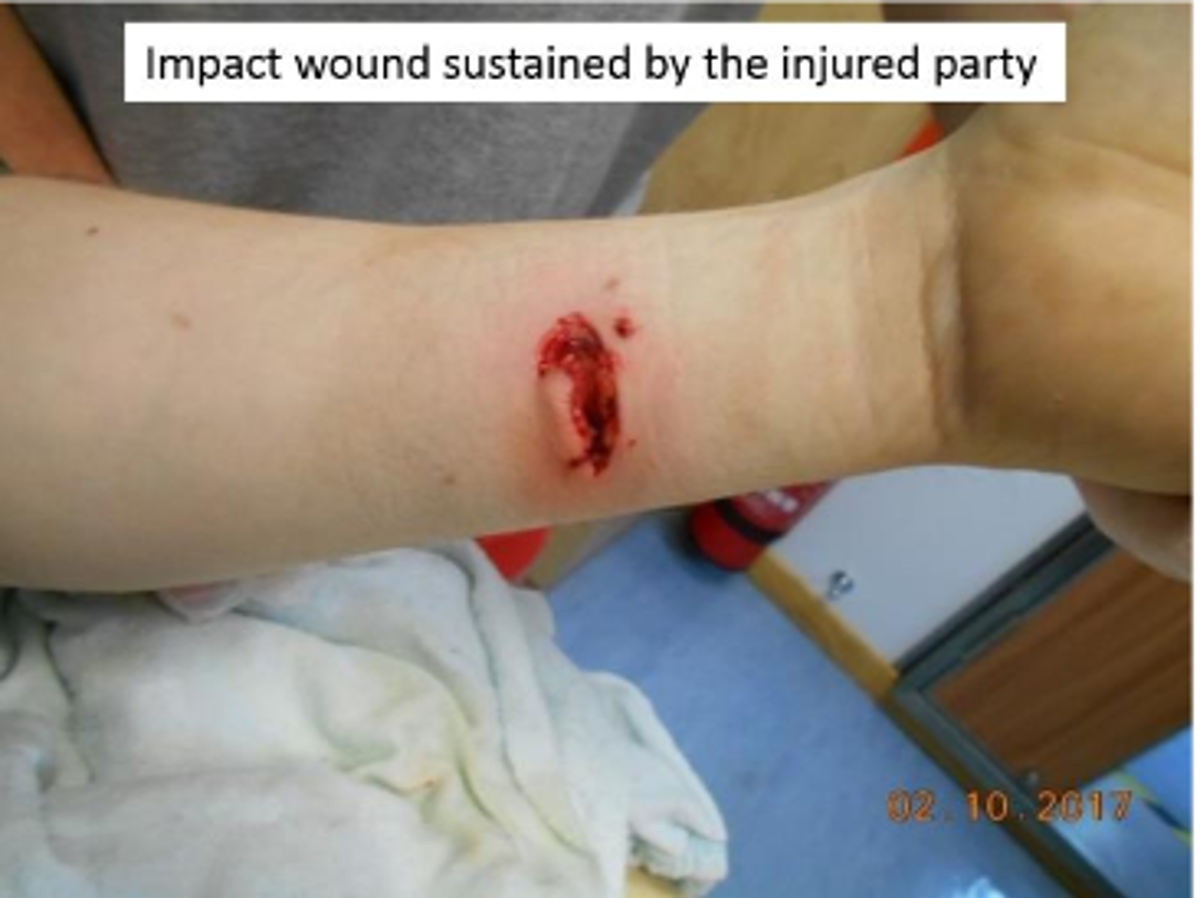Arm injury whilst using pillar drill
- Safety Flash
- Published on 21 December 2017
- Generated on 11 December 2025
- IMCA SF 32/17
- 2 minute read
Jump to:
The Marine Safety Forum (MSF) reports another incident wherein a crew person was injured following misuse of a pillar drill.
What happened?
Crew were in the process of using a piece of 2mm metal plate to manufacture a metal blank for a pipe on the vessel’s hot water system. It was necessary to drill a small hole (6 mm) at one end of the plate. For this operation, it was decided to use the workshop pillar drill.
Whilst drilling the metal plate the drill bit became stuck. This then forced the metal plate out of the drill vice. When the operator reached up to stop the machine the metal plate that was stuck to the drill bit dislodged, flew off the drill bit and hit his left arm.

What went wrong? What were the causes?
The MSF alert identifies the following issues:
- The task had not been properly risk assessed.
- The wrong tool had been selected for the job.
- The vice holding the job had not been sufficiently tightened.
- The speed of the drill had not been adjusted for drilling metal.
- The injured person was “not wearing his personal protective equipment (PPE) correctly”.
The MSF alert can be found here.
It is conspicuous that this is the third incident reported during 2017 in which crew have injured themselves whilst using a pillar drill. Members may wish to reiterate to their crews the fundamentals of safety when working with rotating machines of all kinds.
Related safety flashes
-
IMCA SF 19/17
2 August 2017
-
IMCA SF 28/17
7 November 2017
-
IMCA Safety Flashes summarise key safety matters and incidents, allowing lessons to be more easily learnt for the benefit of the entire offshore industry.
The effectiveness of the IMCA Safety Flash system depends on the industry sharing information and so avoiding repeat incidents. Incidents are classified according to IOGP's Life Saving Rules.
All information is anonymised or sanitised, as appropriate, and warnings for graphic content included where possible.
IMCA makes every effort to ensure both the accuracy and reliability of the information shared, but is not be liable for any guidance and/or recommendation and/or statement herein contained.
The information contained in this document does not fulfil or replace any individual's or Member's legal, regulatory or other duties or obligations in respect of their operations. Individuals and Members remain solely responsible for the safe, lawful and proper conduct of their operations.
Share your safety incidents with IMCA online. Sign-up to receive Safety Flashes straight to your email.